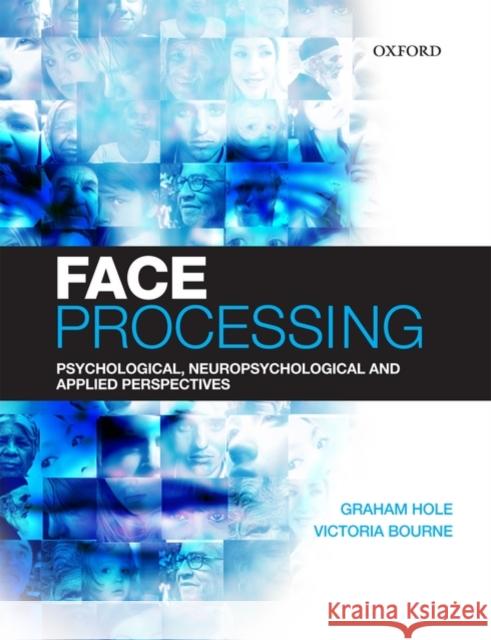Face Processing: Psychological, Neuropsychological, and Applied Perspectives » książka
Face Processing: Psychological, Neuropsychological, and Applied Perspectives
ISBN-13: 9780199235704 / Angielski / Miękka / 2010 / 432 str.
How do we recognise familiar faces? What factors determine facial attractiveness? How does face processing develop in infants and children? Why do face reconstruction systems, such as Photofit and E-Fit, produce such poor likenesses of the original face? Face Processing: psychological, neuropsychological and applied perspectives is the first major textbook for 20 years that seeks to answer questions like these. Drawing on the most recent research in the field, and organised around the three main research perspectives - psychological, neuropsychological, and applied - it provides insights on issues of relevance to students from a wide range of disciplines. Face recognition and expression perception have generated a large amount of research over the last decade, and with high profile media coverage of related issues, such as the misidentification of Brazilian student, Jean Charles de Menezes, face processing is a hot topic within the study of psychology. Face Processing captures the excitement in the field, and with reference to a wealth of studies and real-world phenomena, it reveals how our understanding of face processing has developed over the years. The first section of the book, on the psychological perspectives of face processing, considers how we are able to recognise familiar faces; how we can extract information such as emotion, sex and age from a face; and how face processing abilities develop. The second section covers the neuropsychological perspectives, and examines the disorders of face recognition that arise following brain injury, and asks whether faces are a 'special' class of visual stimuli. Finally, a section on the applied perspectives of face processing describes face reconstruction systems, such as Identikit and Photofit, and their limitations; it discusses methods of constructing facial composites, and the phenomenon of 'verbal overshadowing', whereby verbal descriptions of visual stimuli subsequently leads to











